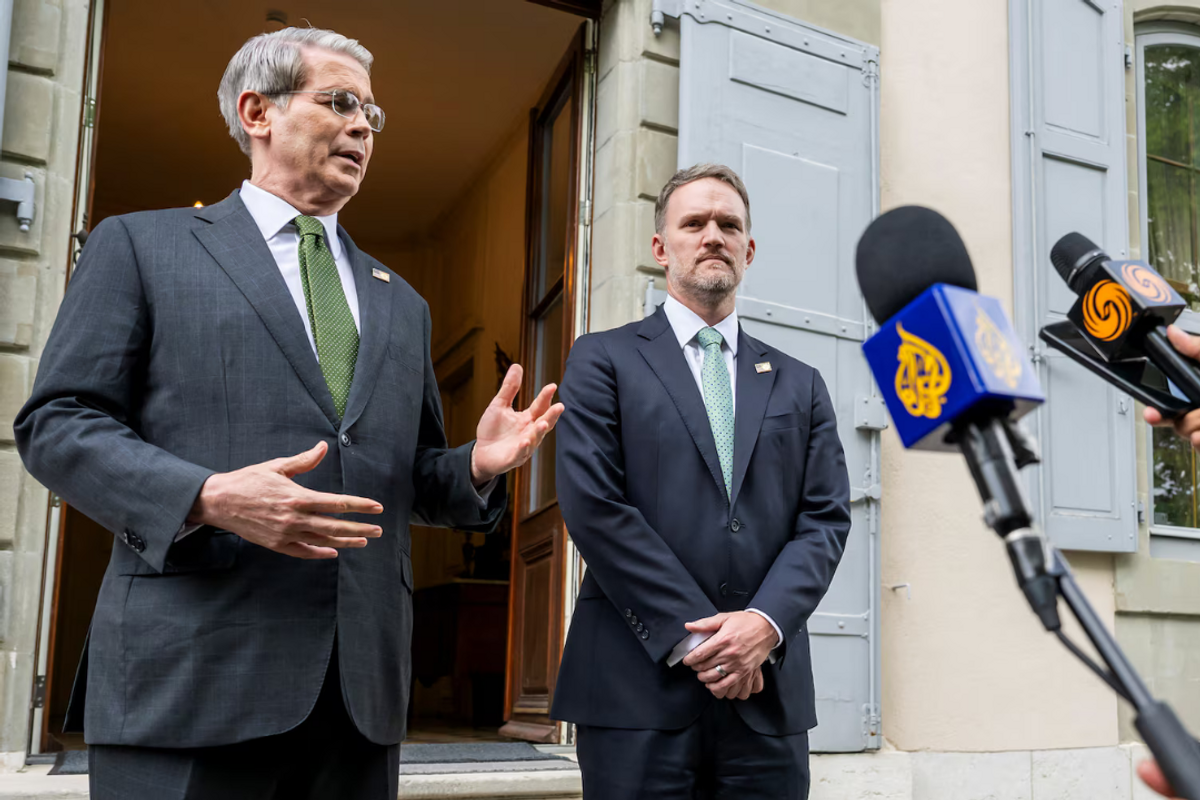Pope Francis, first Latin American pontiff, dies at 88, Vatican says
World leaders praise his efforts to reform the Church and offer condolences to the world's 1.4 billion Catholics

Pope Francis waves as he arrives to lead the weekly audience in Saint Peter's Square at the Vatican, October 21, 2015.
Reuters
Pope Francis, the first Latin American leader of the Roman Catholic Church, has died, the Vatican said in a video statement on Monday, ending an often turbulent reign marked by division and tension as he sought to overhaul the hidebound institution.
He was 88, and had recently survived a serious bout of double pneumonia.
"Dear brothers and sisters, it is with profound sadness I must announce the death of our Holy Father Francis," Cardinal Kevin Farrell announced on the Vatican's TV channel.
"At 7:35 this morning the Bishop of Rome, Francis, returned to the house of the Father."
Francis' death comes a day after the pope had made his first prolonged public appearance since being discharged on March 23 from a 38-day hospital stay for pneumonia.
On Sunday, Easter day, Francis had entered St. Peter's Square in an open-air popemobile shortly after mid-day, greeting cheering crowds. He had also offered a special blessing for the first time since Christmas.
World leaders react
Leaders across the world were reacting to the pope's death with praise for his efforts to reform the worldwide church and offering condolences to the world's 1.4 billion Catholics.
"He inspired millions, far beyond the Catholic Church, with his humility and love so pure for the less fortunate," said European Commission President Ursula von der Leyen.
Jose Ramos-Horta, the president of East Timor, where Francis had visited in September 2024 as part of the longest foreign trip of his papacy, said the pope "leaves behind a profound legacy of humanity, of justice, of human fraternity".
Jorge Mario Bergoglio was elected pope on March 13, 2013, surprising many Church watchers who had seen the Argentine cleric, known for his concern for the poor, as an outsider.
He sought to project simplicity into the grand role and never took possession of the ornate papal apartments in the Apostolic Palace used by his predecessors, saying he preferred to live in a community setting for his "psychological health".
He inherited a Church that was under attack over a child sex abuse scandal and torn by infighting in the Vatican bureaucracy, and was elected with a clear mandate to restore order.
But as his papacy progressed, he faced fierce criticism from conservatives, who accused him of trashing cherished traditions. He also drew the ire of progressives, who felt he should have done much more to reshape the 2,000-year-old Church.
While he struggled with internal dissent, Francis became a global superstar, drawing huge crowds on his many foreign travels as he tirelessly promoted interfaith dialogue and peace, taking the side of the marginalized, such as migrants.
Unique in modern times, there were two men wearing white in the Vatican for much of Francis' rule, with his predecessor Benedict opting to continue to live in the Holy See after his shock resignation in 2013 had opened the way for a new pontiff.
Benedict, a hero of the conservative cause, died in December 2022, finally leaving Francis alone on the papal stage.
Francis appointed nearly 80% of the cardinal electors who will choose the next pope correct as of February 2025, increasing the possibility that his successor will continue his progressive policies, despite the strong pushback from traditionalists.
What happens now
Here is what happens next in the Roman Catholic Church following the death of Pope Francis. The rituals mark the end of one papacy and the start of the next:
The pope's camerlengo (chamberlain), Cardinal Kevin Farrell, officially confirms the death. He then seals the pope's private apartment and prepares the funeral.
The camerlengo and three assistants decide when the pope's coffin will be taken into St. Peter's Basilica for public viewing. They also make sure the pope's "Fisherman's Ring" and his lead seal are broken so they cannot be used by anyone else. No autopsy is performed.
Mourning rites last nine days, with the date of the funeral and burial to be decided by the cardinals. The funeral would normally be held four to six days after the death, in St. Peter's Square. Francis had said that unlike many predecessors, he would not be laid to rest in the crypt of St. Peter's Basilica, but in Rome's St. Mary Major Basilica. He also asked to be buried in a simple wooden casket.
The College of Cardinals oversees day-to-day business during the interregnum. They have limited power and much of the central Church administration grinds to a halt.
The conclave to elect a new pope starts in the Vatican's Sistine Chapel between 15 and 20 days after the death. The cardinals, who are confined to the Vatican for the duration of the conclave, decide the exact day.
All cardinals under the age of 80 can take part in the secret ballot. They need a majority of at least two-thirds plus one to elect the new pope, so the voting can take several rounds spread over numerous days. When the election is concluded, the new pope is asked if he accepts and what name he wishes to take.
The world learns a pope has been elected when an official burns the paper ballots with special chemicals to make white smoke pour from the chapel's chimney. They use other chemicals to make black smoke indicating an inconclusive vote.
The dean of the College of Cardinals steps onto the central balcony of St. Peter's Basilica to announce "Habemus Papam" (We have a pope). The new pope then appears and gives the crowd in the square his blessing.
Popular
Spotlight
More from World
US, China hail 'constructive' Geneva trade talks, details due Monday
No mention of tariff reductions from US officials, White House













Comments
See what people are discussing